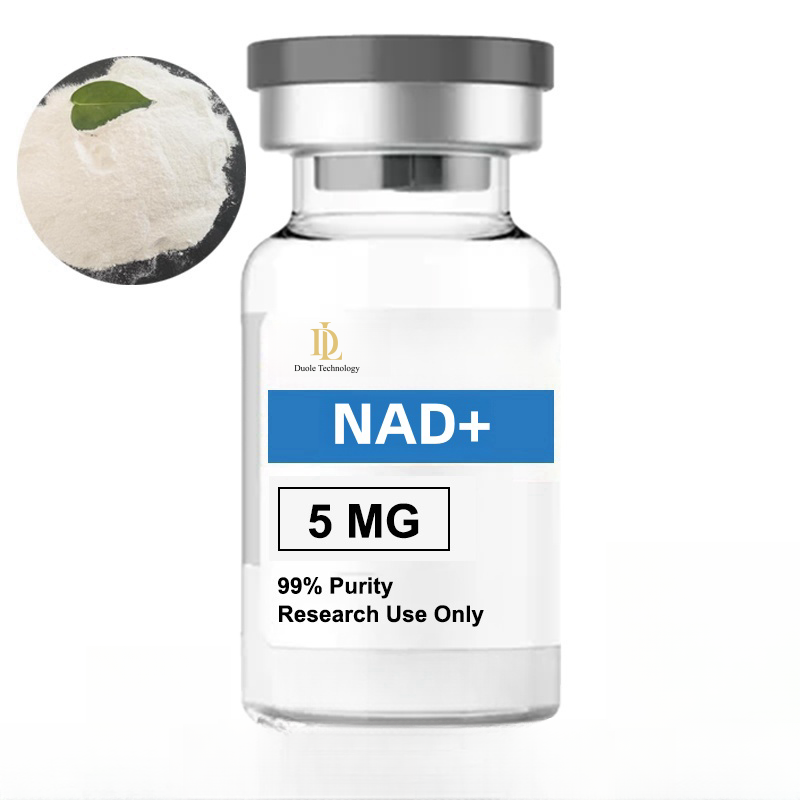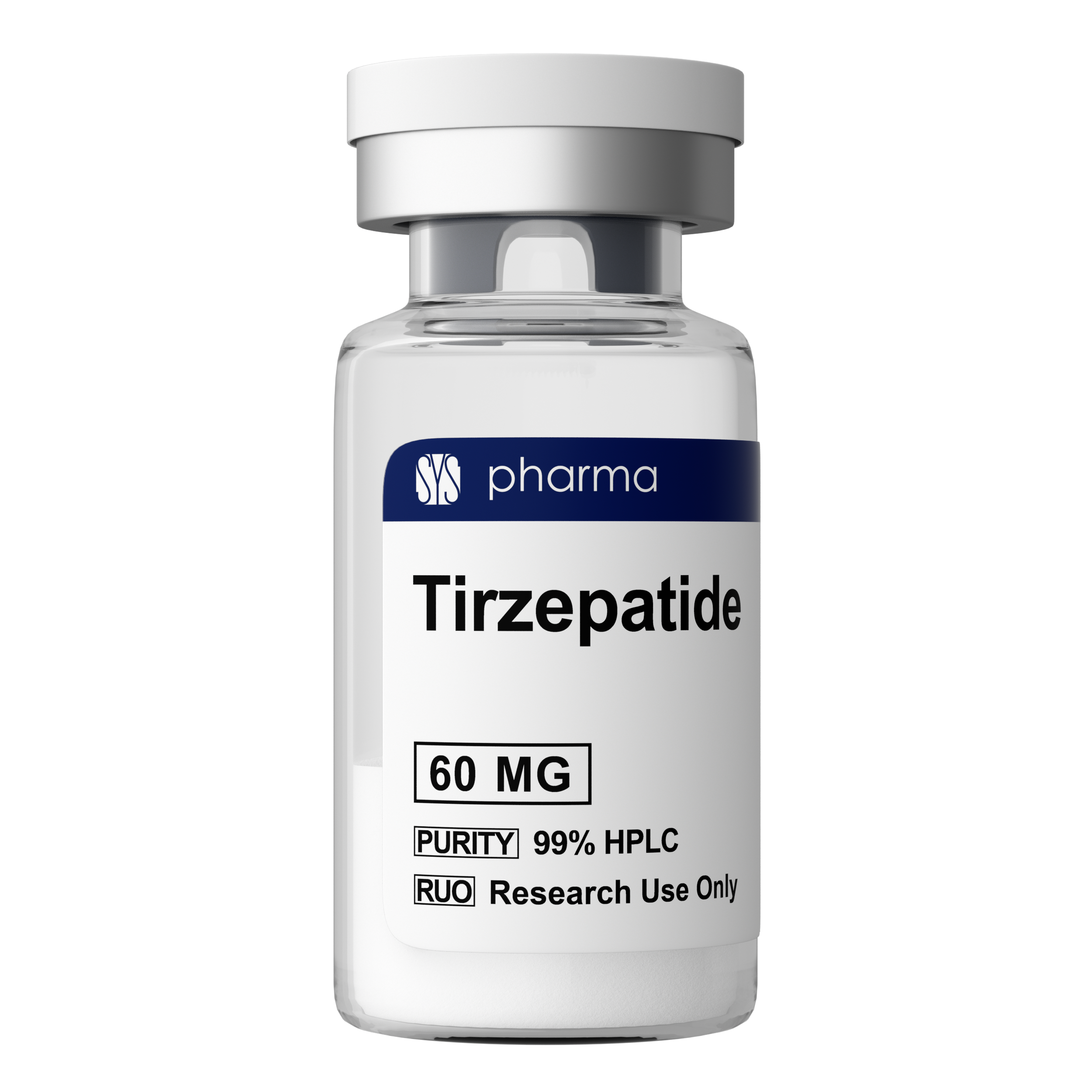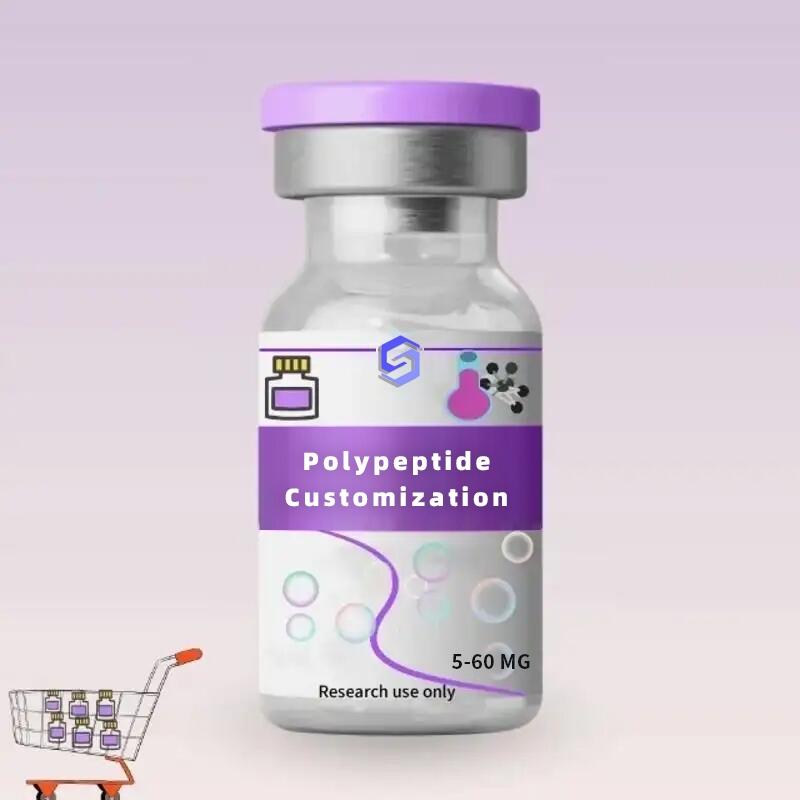Summary of common problems of reverse osmosis in sewage treatment
-
Last Update: 2018-08-24
-
Source: Internet
-
Author: User
Search more information of high quality chemicals, good prices and reliable suppliers, visit
www.echemi.com
1 How often should the reverse osmosis system be cleaned? Generally, when the standardized flux is reduced by 10-15%, or the desalination rate of the system is reduced by 10-15%, or the operating pressure and the pressure difference between sections are increased by 10-15%, the RO system should be cleaned The cleaning frequency is directly related to the pretreatment degree of the system, when SDI is 1595-99% The operating pressure ranges from 7 bar (100 psi) for brackish water to 69 bar (1000 psi) for sea water Nanofiltration can remove impurities and organics with molecular weight greater than 200-400 at 1nm (10a) The removal rate of dissolved solids is 20-98% The removal rate of salts containing univalent anions (such as NaCl or CaCl2) is 20-80% The removal rate of salts containing bivalent anions (such as MgSO4) is 90-98% Ultrafiltration can separate macromolecules larger than 100-1000 a (0.01-0.1 μ m) All soluble salts and small molecules can pass through the ultrafiltration membrane, and the substances that can be removed include colloids, proteins, microorganisms and macromolecular organics Most ultrafiltration membranes have a molecular weight of 1000-100000 The range of particle removal by microfiltration is about 0.1-1 μ M generally, suspended solids and large particle colloids can be intercepted while macromolecules and soluble salts can freely pass through microfiltration membrane Microfiltration membrane is used to remove bacteria, micro floccules or TSS The pressure on both sides of typical membrane is 1-3 bar 7 Who sells membrane cleaning agent or provides cleaning service Water treatment company can provide special membrane cleaning agent and cleaning service Users can purchase cleaning agent for membrane cleaning according to the suggestions of membrane company or equipment supplier 8 What is the maximum allowable concentration of silica in the inlet water of reverse osmosis membrane? It is 100ppm Some scale inhibitors can allow the concentration of silica in the concentrated water to be 240ppm Please consult the scale inhibitor supplier 9 What is the effect of chromium on the RO membrane? Some heavy metals, such as chromium, can catalyze the oxidation of chlorine and cause irreversible degradation of the membrane This is because the stability of Cr6 + in water is worse than that of Cr3 + It seems that metal ions with high oxidation price have stronger destructive effect Therefore, the concentration of chromium should be reduced in the pretreatment part or at least Cr6 + should be reduced to Cr3 + 10 What kind of pretreatment does the RO system generally need? The general pretreatment system is composed of the following components: coarse filtration (~ 80 microns) to remove large particles, adding oxidants such as sodium hypochlorite, and then precision filtration through multi-media filter or clarifier, adding oxidants such as sodium bisulfite to return the original residual chlorine, and then installing a safety filter before the inlet of high-pressure pump As the name implies, the function of the safety filter is the final safety measure to prevent the accidental damage of large particles to the impeller and membrane components of the high-pressure pump The water source with more suspended particles usually needs a higher degree of pretreatment in order to meet the specified water inlet requirements; for the water source with high hardness, it is recommended to use softening or adding acid and scale inhibitor, etc.; for the water source with high content of microorganism and organic matter, active carbon or anti pollution membrane elements are also required 11 Can ro remove microorganisms such as viruses and bacteria? Ro is very dense and has a very high removal rate for viruses, phages and bacteria, at least more than 3log (removal rate > 99.9%) However, it should also be noted that in many cases, microorganisms may grow again on the water production side of the membrane, which mainly depends on the way of assembly, monitoring and maintenance That is to say, the ability of a system to remove microorganisms depends on the proper design, operation and management of the system rather than the nature of the membrane element itself 12 What is the effect of temperature on the water yield? The higher the temperature is, the higher the water yield is, and vice versa When operating at a higher temperature, the operating pressure should be reduced to keep the water yield unchanged, and vice versa Please refer to the relevant section for the temperature correction factor TCF of water yield change 13 What is particle and colloid pollution? How to determine? Once particle and colloid pollution block occurs in reverse osmosis or nanofiltration system, it will seriously affect the water yield of the membrane and sometimes reduce the desalination rate The early symptom of colloidal fouling is the increase of system pressure difference The source of particles or colloids in the membrane water source varies from place to place, often including bacteria, sludge, colloidal silicon, iron corrosion products, etc the drugs used in the pretreatment part, such as polyaluminium, ferric chloride or cationic polyelectrolyte, may also cause fouling if they cannot be effectively removed in the clarifier or media filter In addition, the cationic polyelectrolyte will react with the anionic scale inhibitor, and its precipitate will contaminate and block the membrane components SDI15 is used to evaluate whether such pollution blocking tendency or pretreatment in water is qualified Please refer to the detailed introduction of relevant chapters 14 How long is the allowable shutdown time without system flushing? If the system uses post inhibitor, when the water temperature is between 20-38 ℃, about 4 hours; below 20 ℃, about 8 hours; if the system does not use scale inhibitor, about 1 day 15 Can the RO pure water system be started and stopped frequently? The membrane system is designed based on continuous operation, but in actual operation, there will always be a certain frequency of startup and shutdown When the membrane system is shut down, the produced water or qualified water after pretreatment must be used for low-pressure washing, and the concentrated water with high concentration but scale inhibitor shall be replaced from the membrane element Measures should also be taken to prevent the introduction of air due to the leakage of water in the system If the water loss of components is dry, irreversible loss of water production flux may occur If the shutdown is less than 24 hours, there is no need to take measures to prevent microbial growth However, if the shutdown time exceeds the above requirements, the protective solution shall be used as the system storage or the membrane system shall be washed regularly 16 How to determine the direction of installing salt water seal ring on membrane element? It is required that the salt water seal ring on membrane element is installed on the water inlet end of element, and the opening is facing the water inlet direction When water is supplied to pressure vessel, its opening (LIP) will be further opened to completely seal the side flow of water from membrane element to inner wall of pressure vessel 17 How to remove silicon from water There are two forms of silicon in water: active silicon (monomer silicon) and colloidal silicon (multi-element silicon): colloidal silicon has no characteristics of ions, but its scale is relatively large Colloidal silicon can be intercepted by fine physical filtration process, such as reverse osmosis, and it can also reduce the content of water through coagulation technology, such as coagulation clarifier, but those separation technologies that need to rely on the characteristics of ion charge, such as separation technology The effect of sub exchange resin and continuous electrodeionization (CDI) on colloidal silicon removal is very limited The size of active silicon is much smaller than that of colloidal silicon, so most physical filtration technologies, such as coagulation clarification, filtration and air flotation, cannot remove active silicon The processes that can effectively remove active silicon are reverse osmosis, ion exchange and continuous electrodeionization 18 What is the effect of pH on the removal rate, water yield and membrane life The pH range of reverse osmosis membrane products is generally 2-11, and the influence of pH on the performance of membrane itself is very small, which is one of the significant characteristics different from other membrane products However, the characteristics of many ions in water are greatly affected by pH, for example, when the weak acids such as citric acid are in low pH condition, they are mainly in non-ionic state, while in high pH value, they are dissociated and in ionic state Because of the same ion, high degree of charge, high removal rate of membrane, low degree of charge or no charge, the removal rate of membrane is low, so pH has a great impact on the removal rate of some impurities 19 What is the relationship between TDS and conductivity? When obtaining the value of TDS, it must be converted into TDS value so that it can be input in the software design For most water sources, the ratio of conductivity to TDS is between 1.2 and 1.7 In order to design Rosa, 1.4 ratio is selected for sea water and 1.3 ratio is selected for brackish water Generally, a better approximate conversion ratio can be obtained 20 How to know whether the membrane has been polluted? The following are common symptoms of pollution: under the standard pressure, the water yield decreases In order to achieve the standard water yield, the operating pressure must be increased v the pressure drop between the water inlet and the concentrated water increases v the weight of the membrane element increases v the membrane removal rate changes significantly (increases or decreases) When the element is taken out from the pressure vessel, pour the water on the water inlet side of the membrane element, and the water can not flow through the membrane element, only overflow from the end face (indicating that the water inlet channel is completely blocked) 21 How to prevent the growth of microorganisms in the original packaging of membrane components? When the protective solution is turbid, it is likely to be caused by the growth of microorganisms Membrane elements protected with sodium bisulfite should be inspected every three months When the protective solution is turbid, take out the components from the preservation sealing bag and immerse them in the fresh protective solution again The concentration of the protective solution is 1% (weight) food grade sodium bisulfite (not activated by cobalt) Soak it for about 1 hour and seal it again Drain the components before repacking 22 What are the requirements for the water inflow of RO membrane elements and IX ion exchange resin? Theoretically, the following impurities should not be contained in the RO and IX system: suspended solids, colloidal calcium sulfate, algae, bacterial oxidants, such as residual chlorine and other oil or lipid substances (must be lower than the lower detection limit of the instrument) The influent water quality of metal oxides, such as iron, copper and aluminum corrosion products, which are the complexes of organics and iron organics, will have a great influence on the service life and performance of RO elements and IX resins 23 What impurities can be removed by RO membrane? RO membrane can remove ions and organics very well Reverse osmosis membrane has a higher removal rate than nanofiltration membrane Generally, reverse osmosis can remove 99% of salt in water supply, and the removal rate of organics in water inlet is ≥ 99% 24 How do you know which cleaning method your membrane system should use In order to get a good cleaning effect, it is very important to choose a cleaning agent and cleaning steps that can be symptomatic In fact, wrong cleaning will worsen the system performance Generally speaking, inorganic scaling pollutants are recommended to use acid cleaning solution, microorganism or organic pollutants, and alkaline cleaning solution is recommended 25 Why is the pH value of RO produced water lower than that of inlet water When we know the balance between CO2, HCO3 - and CO3 =, we can find a good answer to this question In a closed system, the relative content of CO2, HCO3 - and CO3 = changes with the change of pH value Under the condition of low pH value, CO2 accounts for the main part, mainly HCO3 - in the range of medium pH value, mainly CO3 =, in the range of high pH value Because RO membrane can remove dissolved ions but can not remove dissolved gases, the CO2 content in RO production water is basically the same as that in RO inlet water, but HCO3 - and CO3 = can often be reduced by 1-2 orders of magnitude, which will break the balance between CO2, HCO3 - and CO3 = in the inlet water In a series of reactions, CO2 will be combined with H2O and undergo the following reaction balance transfer until the establishment of the balance A new balance HCO3 - + H + H2O à CO2 + if there is CO2 in the influent water, the pH value of RO production water will always decrease For most RO systems, the pH value of RO production water will decrease by 1-2 pH values When the alkalinity of influent water and HCO3 - are high, the pH value of production water will decrease even more A small number of influent water, containing less CO2, HCO3 - or CO3 = in this way, the change of pH value of produced water is less seen In some countries and regions, for the pH value of drinking water
This article is an English version of an article which is originally in the Chinese language on echemi.com and is provided for information purposes only.
This website makes no representation or warranty of any kind, either expressed or implied, as to the accuracy, completeness ownership or reliability of
the article or any translations thereof. If you have any concerns or complaints relating to the article, please send an email, providing a detailed
description of the concern or complaint, to
service@echemi.com. A staff member will contact you within 5 working days. Once verified, infringing content
will be removed immediately.







